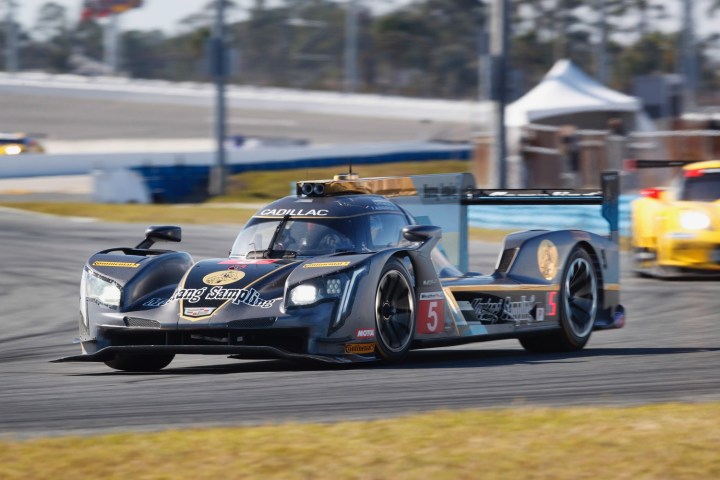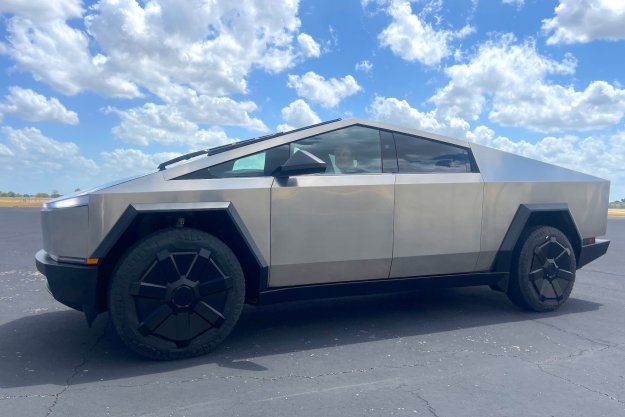
What set this year’s race apart was the wide variety of driver talent. Drivers from IndyCar, NASCAR, and Formula One showed up to try their luck. Two-time F1 champion Fernando Alonso attracted plenty of attention, even if mechanical issues meant he and teammates Lando Norris and Phil Hanson only finished 38th. Breakdowns certainly weren’t uncommon.
Cadillac was favored to win, having won last year and boasting strength in numbers, with four of its DPi-V.R race cars spread across three teams. While the number 5 Cadillac, fielded by Action Express Racing, came home first, other Caddys experienced problems. Last year’s winning team, Wayne Taylor Racing, was forced to withdraw its car because the racer’s rear tires kept disintegrating. The number 90 Spirit of Daytona car retired with a misfiring engine.
Cadillac’s rivals withered over the course of the race. The two brand-new Acura ARX-05s fielded by the legendary Team Penske looked like they might give Cadillac a run for its money, but problems pushed the Japanese cars back to ninth and 10th. Having just hired Team Joest, which engineered Audi’s dominance in the 24 Hours of Le Mans, Mazda was looking to improve on its previous Daytona performances. But neither car finished: one caught on fire, and the other was crippled by electrical problems. Neither of Extreme Speed Motorsports’ Nissan-backed cars finished either.
Ford had no such problems with its GTs, cruising to an easy win in the GTLM class. Unlike the top Prototype class populated by Cadillac, Acura, Mazda, and Nissan, the GTLM class features cars based on production models. At Daytona, Ford trounced rival Chevrolet’s Corvettes, as well as Porsche 911s, Ferrari 488s, and the BMW M8 GTE, a car so new the road-going version hasn’t even been revealed to the public yet. In a hair-raising moment, driver Bill Auberlen managed to save the number 25 BMW from a major crash after its right-front tire exploded at speed.
In the lower-level GTD class, the number 11 Grasser Racing Lamborghini Huracán GT3 fended off challenges from Audi and Mercedes-wielding rivals to take the class win. It was Lamborghini’s first win of any kind at Daytona, adding one positive surprise to this year’s chaotic race.
Editors' Recommendations
- Ford Bronco breaks down in Baja, and SCG Boot nabs a class win first time out
- Audi R8 not hardcore enough for you? Check out the LMS GT2 race car


